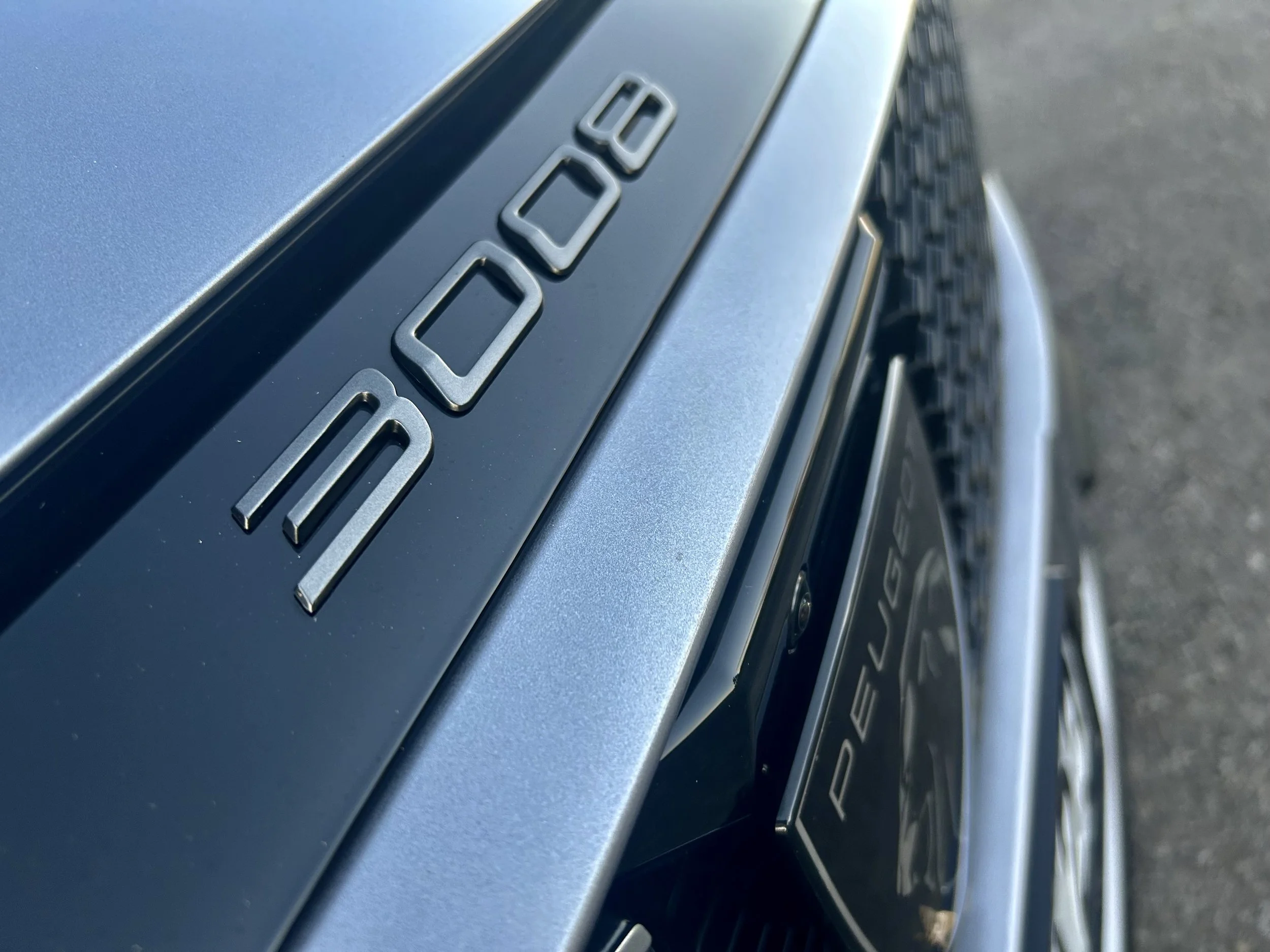China’s newest ute snares ANCAP five star
/Whether the JAC T9 about to release in Australia arrives here has yet to be determined, but it has good crash test cred.
A DUAL cab utility from China that has yet to come on sale here will arrive with a top score from the nationally-accredited independent safety auditor.
ANCAP - the Australasian New Car Assessment programme that is part funded by the NZ Government and agencies - has determined the JAC T9, which comes from a Chinese truck company, is worthy of a top level five-star safety rating.
In its announcement today, the Melbourne-based crash tester said the model has joined an ever-popular ute segment demonstrating strong overall safety performance.
A five star score was sought by JAC (pronounced ‘Jack’) as the T9 is just introducing across the Tasman to compete with the GWM Cannon and LDV T60, both already sold here.
Our neighbour is initially seeing two variants, called Oasis and Haven.
Both are powered by a 125kW/410Nm 2.0-litre, four-cylinder turbodiesel engine which is mated to an eight-speed automatic transmission and part-time four-wheel-drive system.
An electric T9 is expected to follow the diesel variants. In China, the battery-wed edition produces 150kW and 290Nm and is powered by a 77kWh battery pack, with a claimed maximum driving range of 300km on a single charge.
ANCAP makes clear its finding only applies to the diesel types, which have just made headlines with its maker advising payload and off-road specifications changes.
While payload has climbed slightly, to 1045kg, it will not be capable of towing up to 3.5 tonnes, instead stopping at 3000kg. Wading depth and towball down-load weights have also reduced.
ANCAP said today that in physical crash tests, the type scored full points for protection of the driver in the full width frontal, side impact, far side impact, and whiplash tests.
Adequate results were shown for protection of the driver’s chest in the oblique pole and frontal offset (MPDB) tests.
Protection of the driver and front passenger’s lower legs was also assessed as ‘adequate’ in the MPDB test.
In the full width frontal test, which focuses the effectiveness of seatbelt and airbag restraints, in particular for smaller adults, protection of the rear passenger’s chest was assessed as marginal.
Full points were awarded for its protection of child occupants in the frontal offset and side impact tests, however consumers should note that installation of child restraints in the rear centre seating position is not recommended as there is no top tether anchorage.
ANCAP says in comparison to the Mitsubishi Triton, tested earlier this year to the same protocols, the JAC T9 showed room for improvement for its ‘crash compatibility’ with a relatively high 6.22 point penalty out of 8.00 points recorded in the MPDB test. The Triton recorded a 3.16 point penalty.
ANCAP noted the JAC T9 is well-equipped with a broad suite of active safety features fitted as standard on both the Oasis and Haven variants.
The systems fitted to the T9 are capable of detecting and reacting to other vehicles, motorbikes, pedestrians and cyclists.
Full points were achieved by the T9 in autonomous emergency braking (AEB) tests with a motorcycle; adult and child pedestrians when reversing (AEB Backover); and AEB Head-On tests with an oncoming vehicle. Full points were also seen in the lane support system tests, including overtaking scenarios with a motorcycle.


















